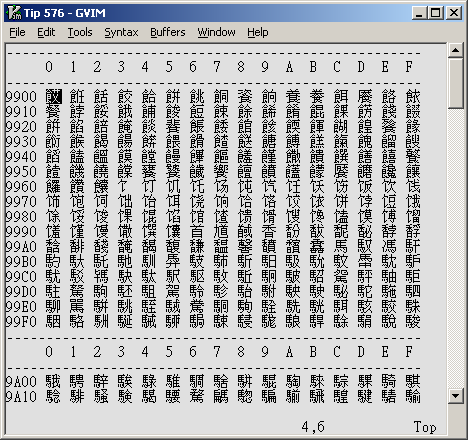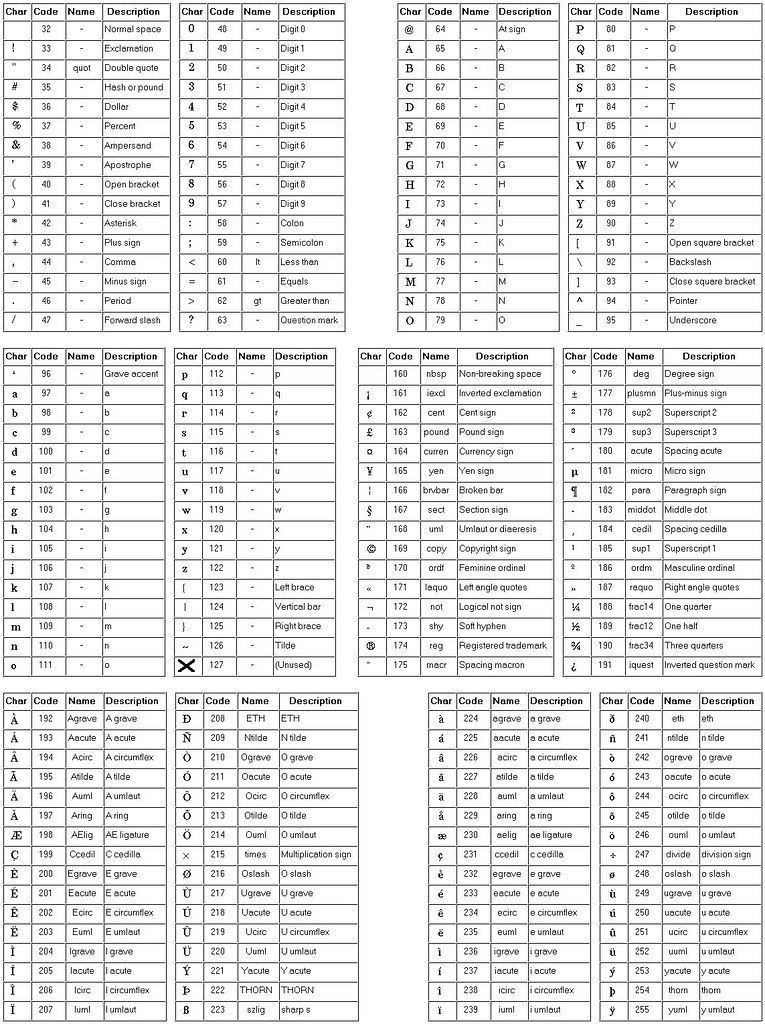
Please contact our friendly support team if you have more questions or wish to turn on 'Smart Encoding'. Ensure the string ends with a single forward slash/ const char mqtttopic.

We can also turn on our 'Smart Encoding' feature for your account to automatically convert some common Unicode characters as you send messages. To review, open the file in an editor that reveals hidden Unicode characters. While we do automatically convert some common Unicode characters in the New Message page, we will display an alert when new Unicode characters are detected. The library of Unicode Characters typically increases periodically as new characters are added. Emojis are counted as 2 unicode characters each (please note that using Emoji changes the encoding of the message to Unicode). If the recipient network doesn't support them, they will be stripped out. Yes you can, provided that the recipient network supports it. Unicode/Character reference Unicode 2.1 Unicode 3.0 Unicode 3.1 Unicode 4.0 Unicode 4.1 Unicode 5.0 Unicode 5.2 Unicode 6.0 Unicode 6.1 Unicode. Note: Line breaks/carriage returns count as 2 characters. For example: If a message is longer than 6 message parts, it will be truncated (see below): Standard English Characters: The total SMS limit then becomes 153 characters per ‘part’ as the 7 characters are used up by invisible headers and footers which denote which part of the message is being sent (i.e.

When a message is longer than 160 characters, this is referred to as a multi-part message as it contains multiple messages (or multiple-parts). The end user will see this as 1 long message on their handset. Longer messages are definitely possible, however please be aware that exceeding 160 characters will constitute a ‘second’ message. ( ).Ī standard SMS message has a maximum of 160 characters.

Unicode message - If a message contains any characters that aren’t in the GSM 03.38 basic character set, the message type will be treated as unicode.Standard message - contains characters from the GSM Basic Character Set (see below).


 0 kommentar(er)
0 kommentar(er)
